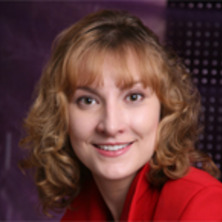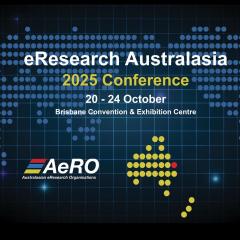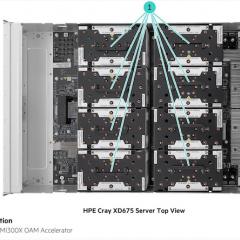
How do drugs interact with other molecules inside our bodies? How can enzymes be used to detoxify harmful substances? And how can molecules be designed for use in new low-cost lighting technologies?
These are just some of the numerous scientific questions Dr Elizabeth Krenske’s UQ-based computational chemistry laboratory is trying to gain detailed insights about.
To do the work, she and her fellow researchers are making extensive use of Gaussian computational chemistry software, including its GaussView tool, via RCC, for their research into molecular reactivity.
Their research at the School of Chemistry and Molecular Biosciences has the potential to go beyond the realm of chemists.
"We believe that RCC’s investment in the Gaussian and GaussView software packages will not only significantly accelerate research for groups already specialising in molecular computation, but it will also open up access to new types of chemical data for many other research groups across the university," said UQ Strategic Research Fellow Dr Krenske.
"Gaussian allows users to explore many important aspects of molecular behaviour, ranging from structure, stability, and spectroscopy through to chemical reactivity and the properties of energetically excited states," said Dr Krenske.
RCC is in the process of procuring a site licence for UQ of the latest versions of Gaussian and GaussView (Gaussian 16 and GaussView 6), and will install the software on all three UQ high-performance compute clusters, namely Tinaroo, FlashLite and Awoonga.
This means any UQ researcher will be able to use the HPC-installed software or install the software on their desktop or local cluster without having to buy their own licence. RCC/QCIF eResearch Analyst Dr Marlies Hankel will help system administrators install the software on their local clusters.
The result will be wider availability of the latest versions of Gaussian and GaussView, which boast additional features that users have been asking for, and greater convenience for the university’s researchers as they can analyse their data in the comfort of their office and be more productive.
In the Krenske lab, which currently uses Gaussian 16 via Raijin, a supercomputer at the Canberra-based National Computational Infrastructure (NCI), postdoctoral research fellow Dr Romain Lepage is applying Gaussian's latest suite of modern functionals to model complex chemical reactions with unprecedented levels of accuracy. PhD student Yuk Ping Chin, who is researching designer catalysts (substances which are used for manufacturing complex molecules), has been using GaussView's interactive visualisation interface to accelerate her precise job processing work.
Professor Lawrence Gahan, who uses the software to investigate metal-containing molecules, points out that by using the types of computations Gaussian offers, one is able to gain confirmation of important chemical properties, so these techniques represent a valuable complement to experiments. They also allow the study of molecules that are difficult to characterise experimentally. Both of these capabilities add new dimensions to the understanding of chemical behaviour.
If you would like to know more about Gaussian, please contact RCC’s Dr Marlies Hankel: m.hankel@uq.edu.au. For general enquiries about RCC’s HPCs, please contact the RCC Support Desk: rcc-support@uq.edu.au.



